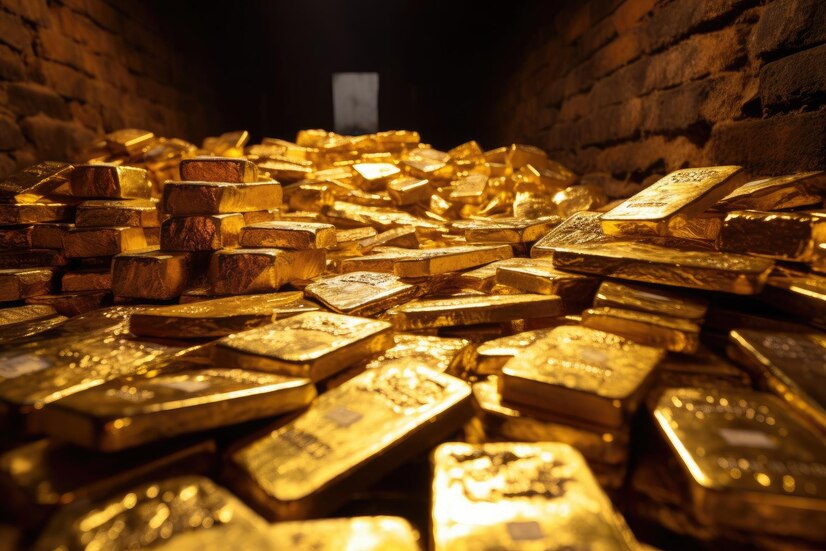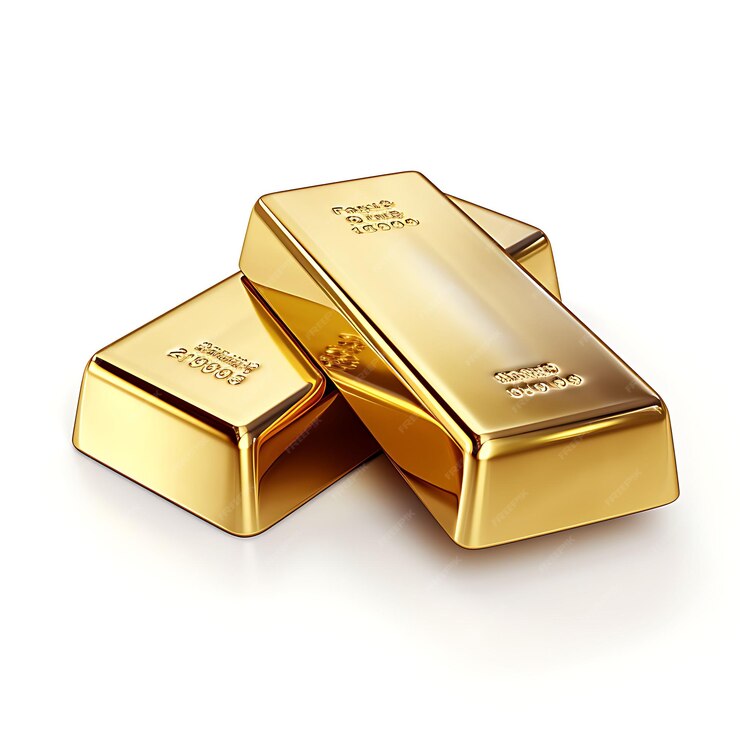Investing In Precious Metals Through IRAs: A Financial Strategy

Investing is a crucial aspect of securing one’s financial future and retirement accounts. Individual Retirement Accounts (IRAs) have long been popular vehicles for building wealth. While many individuals are familiar with traditional investments like stocks and bonds, there is another option. Trading precious metals is something people tend to overlook often.
Investing in valuable metals through IRAs is a financial strategy that can provide diversification. But that’s not all! It also provides protection against economic downturns and long-term growth potential. In this article, we will explore the benefits of investing in priceless metals through IRAs. Also, get an idea of how to get started on this path.

Diversification is a fundamental principle of investing. It involves spreading your investments across different asset classes to reduce risk and enhance returns. While stocks and bonds have been the go-to assets for many investors, adding valuable metals is equally lucrative, Adding silver, gold, palladium, and platinum to your portfolio can further diversify your holdings.
Precious metals have unique qualities that make them valuable in a diversified investment strategy. They have historically shown a low correlation with traditional asset classes like stocks and bonds. Thereby meaning their value tends to move independently of these other investments. When stocks and bonds perform poorly, precious metals can serve as a hedge against economic uncertainty. It ultimately provides stability to your portfolio.
Protection Against Economic Uncertainty
Out of all the reasons for investing in precious metals, the primary one is their ability to protect your wealth. Especially at the time of economic downturns and crises. Valuable metals, especially gold, have a long history of retaining value and even appreciating in times of financial turmoil. Here are a few ways in which they offer protection:
- Inflation Hedge: As soon as inflation goes up, the value of paper currencies tends to decline. Precious metals, on the other hand, have intrinsic value. They are often seen as a store of value during inflationary periods.
- Currency Depreciation: As currencies fluctuate and governments engage in quantitative easing, precious metals can preserve wealth. All it takes is providing an alternative form of currency that is not subject to government manipulation.
- Geopolitical Tensions: During geopolitical conflicts or economic crises, investors often flock to priceless metals. It acts as a shielded haven asset, driving up their prices.
- Portfolio Diversification: Adding precious metals to your IRA can reduce the overall risk in your portfolio. It provides a counterbalance to traditional assets.
Long-Term Growth Potential
While investors generally consider precious metals as a defensive investment, they also have the potential for long-term growth. The value of expensive metals can change over time, driven by factors such as increased demand, reduced supply, and transforming market dynamics.
Gold, for example, has a history of delivering solid returns over the long term, making it an attractive choice for retirement savings.
Investing In Valuable Metals Through IRAs
To invest in semi-precious metals through your IRA, you need to set up a sole-directed IRA. Traditional IRAs, Roth IRAs, and SEP IRAs are all terms of directing by self. Thus, it gives you control over your investment choices. Here are the steps to get started:
- Select a Custodian: First, choose a proficient custodian who specializes in self-directed IRAs. This custodian will help you set up your self-directed IRA and navigate the process of investing in pricey metals.
- Fund IRA That’s Self-Directed By You: it is possible to fund your self-directed IRA with the help of contributions or by rolling or transferring some funds from a current IRA or 401(k). Make sure to follow the IRS guidelines for contributions and rollovers.
- Choose Precious Metals: Once your self-directed IRA is funded, you can select the categories of precious metals you are willing to put your money in. Common options include gold, silver, platinum, and palladium. Ensure that the precious metals meet the purity and quality standards set by the IRS.
- Purchase Precious Metals: Work with your custodian to purchase the precious metals and have them stored in a secure, IRS-approved depository. The IRS requires that the metals be held in a third-party storage facility to maintain their tax-advantaged status.
- Monitor Your Investments: Maintain track of how these invaluable metal investments are performing and make adjustments to your portfolio as needed. You can also choose to take distributions in the form of physical metals when you reach retirement age.
Considerations and Risks
While investing in precious metals through IRAs might be a valuable financial strategy, it’s essential to be aware of some considerations and risks:
- Costs: Self-directed IRAs often have higher fees compared to traditional IRAs. These fees can include custodial fees, storage fees for the expensive metals, and transaction costs.
- Liquidity: Precious metals can be less liquid than other investments, such as stocks or bonds. Selling physical metals can take time and may involve additional costs.
- IRS Rules: Ensure that you follow IRS rules and guidelines for self-directed IRAs to maintain the tax-advantaged status of your investments. Engage with a knowledgeable custodian to help you navigate the regulations.
- Volatility: While priceless metals can provide a hedge against economic downturns, they are not immune to price volatility. Prices can fluctuate due to factors like supply and demand, geopolitical events, and market sentiment.
Conclusion
Investing in invaluable metals through IRAs could be a sound financial strategy that offers diversification, protection against economic uncertainty, and long-term growth potential. Precious metals have a unique role in a well-rounded investment portfolio, serving as a hedge against inflation and a safe haven during turbulent economic times.
To get started, set up a self-directed IRA with a reputable custodian, fund your account, and choose the precious metals you wish to put your money in. Remember to follow IRS rules and regulations to maintain the tax-advantaged status of your investments. Read about the gold IRA companies to find a reputable one.
As with any investment, it’s crucial to do your research, understand the associated costs and risks, and consider how precious metals fit into your overall financial goals and retirement strategy. Consulting with a financial advisor who specializes in self-directed IRAs and precious metal investments can provide valuable guidance on your journey to secure and diverse retirement savings.
Read Also:










